|
What is culture or social behavior? As per Cambridge Dictionary, culture is the way of life, especially the general customs and beliefs, of a particular group of people at a particular time. All societies are having some traditions or social practices or belief system. Traditions are evolved over many generations based on value system of the particular society having some rational backing. It is generally passed down by word of mouth, from generation to generation and is, for the most part, undocumented. Traditions are live if have scientific footing. Some traditions tend to become ritualistic when loses their contemporary relevance. Several Hindu traditions are branded as superstitious but these are based on scientific wisdom gathered by long researches done by Rishis (ancient scientists). However, in absence of teachings about their tangible advantages and apparent link with religious practices, these are exiting from the modern Hindu society. Keeping in view of the above, ancient knowledge of prominent traditions is elaborated hereunder. Charan Sparsh (Touching of Feet):
Shikha or Choti (Peak) on male head
Surya Namaskar (Sun Salutation)
Applying Tilak on forehead
Worship of Tulsi plant (Indian Basil)
Worship of Peepal Tree (Ficus Religiosa)
Kanchedan or Karnvedha (piercing ears)
Why do Indian women wear Choori (Bangles)?
Why do Hindu women wear Bichiya (Toe Rings)?
Why do Hindu women apply Sindoor (Vermillion)?
Why do Hindu women apply Mehndi (Henna)?
While Sleeping Head pointing towards South
https://www.indiatimes.com/ https://www.speakingtree.in/
0 Comments
Symbols are easy way to denote complex ideas. Hindu religion is symbolized more particularly by sign or mark of “Om”, Swastik, Tilak, etc. Sacred Hindu symbols are considered very auspicious and displayed in homes, work places, temples etc. to invoke good fortunes.
Om (Aum, ॐ): The significance of Om is as under:
Swastika (स्वास्तिक ): The significance of swastika which comes from Sanskrit (Devanagari: स्वस्तिक) is as under:
Tilak (तिलक ): The tilak is worn usually on the forehead on a daily basis or on religious occasions. The tilak is applied with ash (vibhuti), sandalwood paste, red kumkum etc. It has various shapes depending on deities or sects such as three horizontal lines across the forehead, a bindu, U shape etc. The significance of tilak is as under:
Moli / Kalawa (कलावा, : This is sacred thread which binds one person to another symbolizing protection provided by one who binds it to another. Kalash ( कलश ): A vessel filled with water, five green leaves placed on it and a coconut put on the leaves. The Kalash is believed to contain amrita, the elixir of life, and thus is viewed as a symbol of abundance, wisdom, and immortality. Metal pot or Kalasha represents material things: a container of fertility - the earth and the womb, which nurtures and nourishes life. The mango leaves associated with Kama, the god of love, symbolize the pleasure aspect of fertility. The coconut, a cash crop, represents prosperity and power. The water in the pot represents the life-giving ability of Nature. Yantra (यंत्र, ): The Sri Yantra or Sri Chakra consists of nine interlocking triangles that radiate from a central point. Of the nine, the four upright triangles represent the masculine side or Shiva; while the five inverted triangles represent the feminine, or the Shakti (Divine Mother). As a whole, the Sri Yantra is used to symbolize the bond or unity of both the masculine and the feminine divinity. It can also mean the unity and bond of everything in the cosmos. Shankh (Counchshell, ): Shakh or sea shell is used as trumpet in Hindu rituals. Shankh is believed to be a giver of fame, longevity and prosperity, the cleanser of sin and the abode of Lakshmi, who is the goddess of wealth and consort of Vishnu. Diya or lighting lamp (दिया : This symbolizes one of the five panchbhoth (earth, fire, water, space and air) and treated as sacred. Shri or Shree (श्री): Shri refer to goddess Lakshmi. Saffron Flag: Dhvaja, or 'flag,' is a symbol of victory, signal to all that "Sanatana Dharma shall prevail." Its color betokens the sun's life-giving glow. Hands in prayer: It is a sign of respect for the sacred, that which is dear to the heart. Lotus (padma): It is a symbol of purity/transcendence. Growing out of the mud, it is beautiful, and though resting on water, it does not touch it. Trident (trishul): It is the symbol of Shiva carried by shaivites. Cow: It is a symbol of purity, motherhood and ahimsa (non-violence). Lotus feet (of guru or deity): It is touching the feet of superiors’ shows an attitude of submission and service. Reference:
|
Archives
March 2022
Categories |
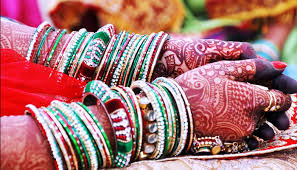
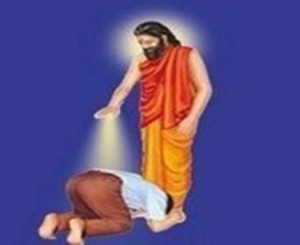


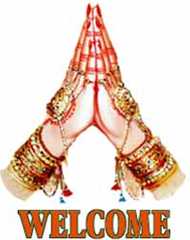
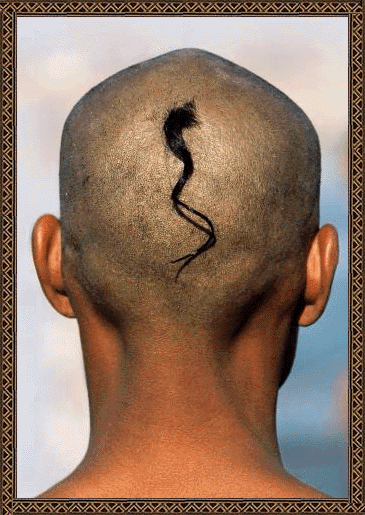
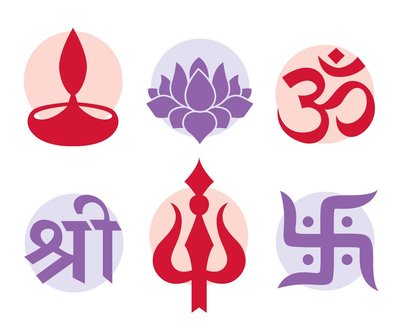
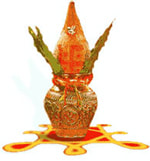

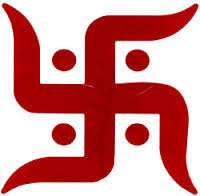

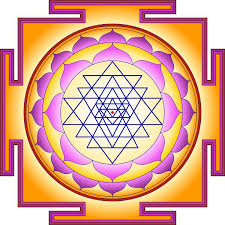
 RSS Feed
RSS Feed